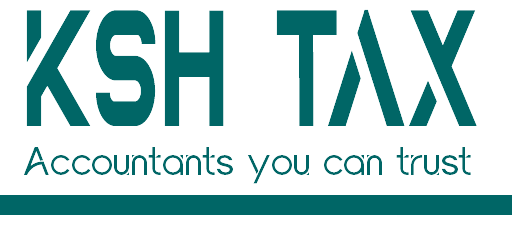Claiming vehicle expenses for individuals using cars for business is one of the most beneficial ways to save themselves some coins.
Everyone is looking to reduce their tax liabilities, and using all means possible where necessary seems to be the best approach.
But what matters the most is your knowledge of how to maximize these claims, and our blog post gives you a breakdown of how to do so.
4 methods used to claim vehicle expenses
What happens when one claims vehicle expenses in Australia? Depending on your circumstances, you can choose one of four methods the ATO provides for your vehicle claims. These methods include the following;
1. Cents per kilometer method
Cents by kilometer is one of the easiest ways that individuals can use to claim their vehicle expenses.
It involves multiplying the kilometers they have driven for business standard rates set by the ATO.
The cents per km method allows you to claim a fixed rate per kilometer based on your car type, and it is updated annually.
The method does not require a receipt for proof, but the only challenge is that it doesn’t account for actual fuel and maintenance costs incurred.
2. Logbook method
The logbook method is more detailed and mainly involves individuals keeping a log of their business-related trips.
All journeys must be recorded for a continuous period of 12 weeks, and the data must be used to calculate the percentage used for total business purposes.
The ATO permits individuals to claim for the percentage of expenses used on the vehicle, such as fuel, maintenance, insurance, and registration.
3. 12% of the original cost method
This method involves an individual claiming 12% of the original cost of their vehicle for business use.
It’s a simple and beneficial method for individuals with high-value cars, but it doesn’t reflect the actual vehicle running costs.
4. Actual cost method
If an individual opts for the actual method, they can claim their car’s operating expenses based on the actual cost of running the vehicle.
These costs include fuel, repairs, insurance, and registration, among other expenses, minus any private use percentage.
This method requires individuals to keep receipts and track them to get the accurate results they want.
How to claim for vehicle expense
Claiming a vehicle expense in Australia involves following specific steps set by the Australian Taxation Office (ATO) that must be followed:
1. Determine the purpose of your vehicle use.
Before you claim your vehicle, you need to know its purpose. You can claim if your car is used for business or other work-related activities.
2. Choose the proper method to claim vehicle expenses.
Ensure that you choose a method that perfectly fits your situation so that you can make claims for your vehicle.
3. Keep records
Keeping records for future reference is essential regardless of the method you choose to claim for your vehicle.
You might need to keep track of km driven, receipts, and the logbook for later use.
4. File your tax returns.
It’s always important to consider filing your returns so that you can make your claim as expected.
What is the ATO limit on vehicle allowance?
The ATO has a limit on the amount an individual can claim for vehicle expenses, depending on the method of deduction claimed. You can claim up to 5000 km per year.
What are deductible vehicle expenses?
Some of the common deductibles on vehicle expenses include the following;
- Fuel
- Insurance
- Registration fees
- Repairs and maintenance
- Depreciation (if applicable)
- Interest on car loans (for business use)
The key is to ensure that the expenses are for business use and are proportionate to your business activity.
Final thoughts
Claiming vehicle expenses is among the most common ways individuals can reduce their tax liabilities.
For it to be perfect, one needs to keep accurate records in place that they can use for reference purposes.
Ensure that you choose the right method to suit your needs, whether you have a vehicle for business or work-related purposes.
If you’re unsure about your specific situation, consult with a tax professional to ensure you’re claiming everything you’re entitled to.













